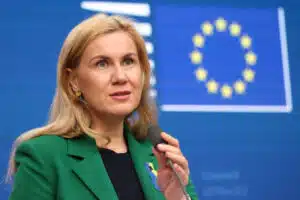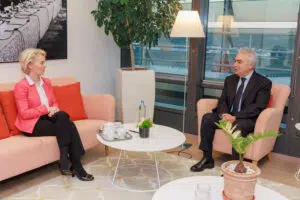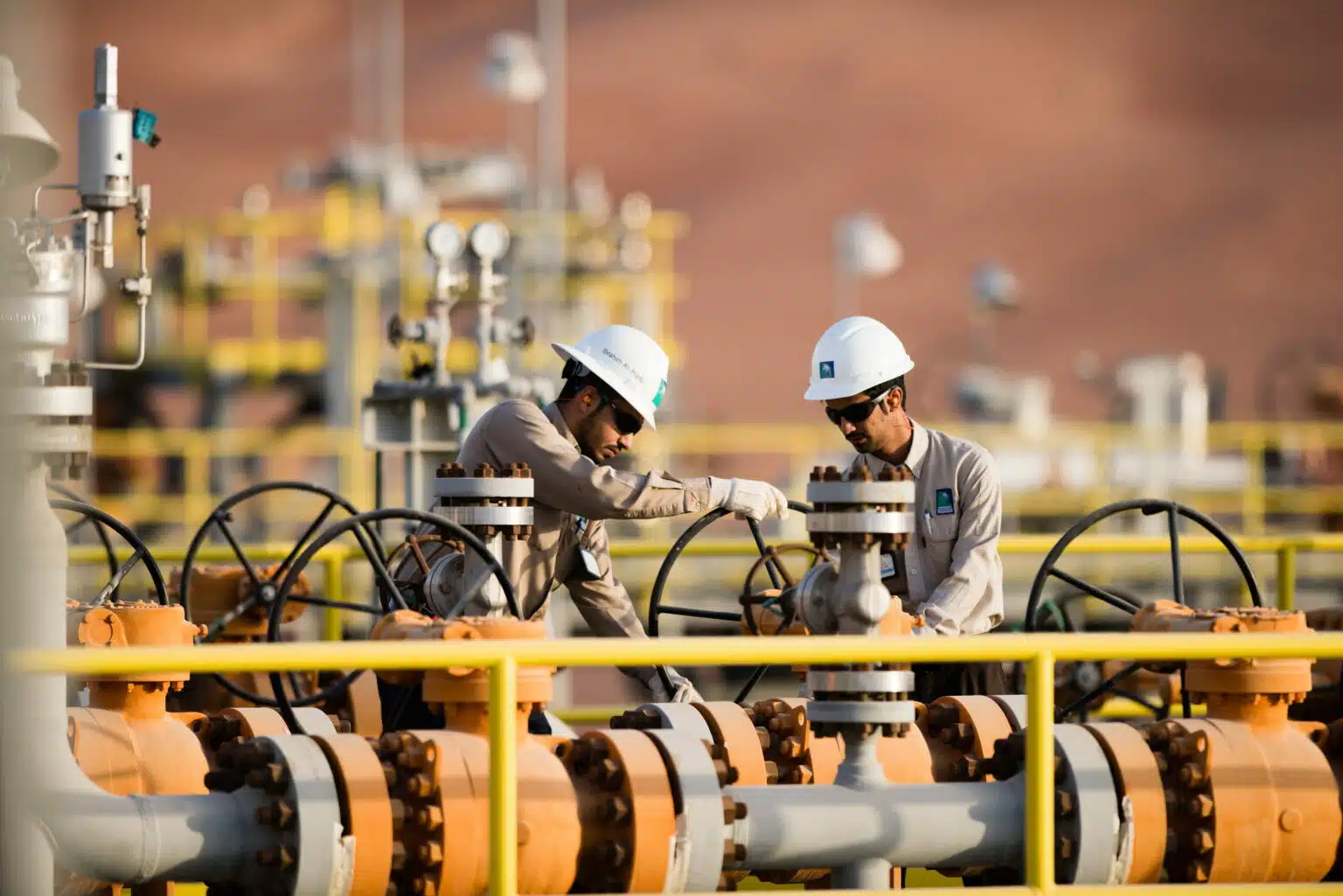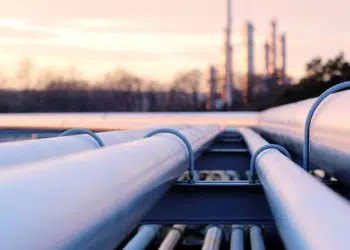Brussels – After two winters of Russian war in Ukraine, the European Union must take stock, starting with the energy plan. “On 31 March, when the winter heating season ended, our gas storages were over 58% full. This is the highest level on record at this time of year,” the Energy Commissioner disclosed today (April 12), Kadri Simson, in a statement outlining the directions of “greater energy security and solidarity and a cleaner energy mix,” particularly on the front of controlling gas imports from Russia.

“These high storage levels are a result of our successful diversification of energy supplies, the efforts of citizens and businesses to reduce gas demand, and our investments in renewable energy, ” Commissioner Simson said, referring to the three pillars of the RePowerEu plan and reiterating her commitment for the present and near future: “Ensuring Europe’s energy security and competitiveness, bringing down prices and advancing the clean energy transition remain a high priority.” The immediate goal now is to bring storage levels back up to 90 percent by November 1 but the high level from which we are starting “means that markets are increasingly stable, prices are back to pre-war levels, and Europe can begin to supply itself with confidence” ahead of next winter.
It is precisely to the gas supply locations that one must look to understand the “success with which we have managed the energy crisis.” As the EU Commission makes clear, the share of Russian gas imports into Europe has fallen from 45 percent in 2021 to 24 percent in 2022, plummeting to 15 percent in 2023. “This downward trend must continue,” the von der Leyen cabinet says. Taking the top spot as the largest exporter to the EU since 2022 has been Norway (up to 30 percent last year), followed by the United States (at 19 percent), while the North African countries are about to overtake Russia (14 percent). Diversification of supply sources could not have solved the energy crisis alone, however, if citizens had not reduced their demand for gas by nearly 20 percent, “which has allowed us to save more than 107 billion cubic meters of gas in the last 18 months.” Meanwhile, increasing the share of renewables in the energy mix has allowed us to replace the equivalent of 24 billion cubic meters of Russian gas in the past two years.

“Europe has finally loosened the grip that Russia had on its energy sector. Europe has taken its energy destiny back into its own hands,” exults EU Commission President Ursula von der Leyen in a joint op-ed with International Energy Agency (IEA) Executive Director Fatih Birol published this morning. Although the goal is still to “bring down consumption in line with our climate goals,” the Commission’s chief points to gas markets “because we are now heading into another set of issues and challenges.” More specifically, the second half of the decade is expected to see “a large wave of new liquefied natural gas export projects come to the market, mostly from the United States and Qatar,” which will increase “global LNG supply by 50 percent.” That is why ” we’re moving from a world of shortfalls of gas to the opposite, a world where we could soon see an abundance,” with possible effects of “significantly lower” gas prices.
Without forgetting, however, that “we are in a climate emergency,” and cheaper gas “does not relieve Europe and other major economies of the responsibility to reach net zero emissions as soon as possible and to help other countries do the same,” von der Leyen and Birol said. In other words, it is necessary to “insist on near-zero methane emissions on the gas we continue to use” but also to “dramatically” increase renewable energy and gas, energy efficiency, clean hydrogen, and other zero-emission energy technologies. As evidenced by the Clean Transition Dialogues organized by the Commission since October last year – the first results of which were presented Wednesday (April 10) – EU institutions are also engaged in “working hand in hand with and supporting industry” to build a business model suitable for a decarbonized economy. While the 27 Member States have emerged “strengthened” from past winters, it should not be forgotten that the challenge to implement “lasting solutions to our energy dilemmas” has only just begun.
English version by the Translation Service of Withub





